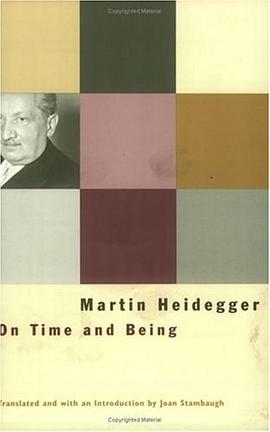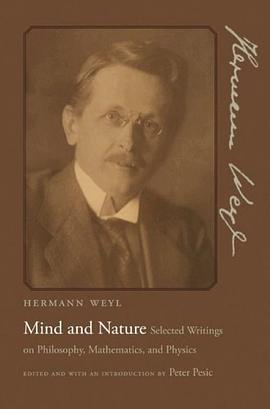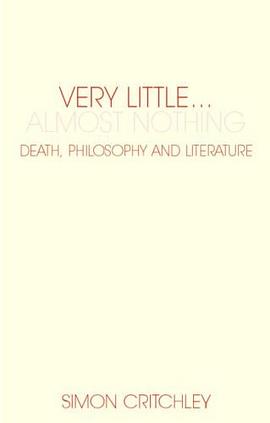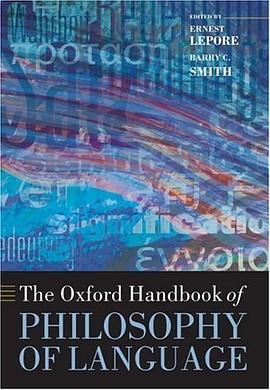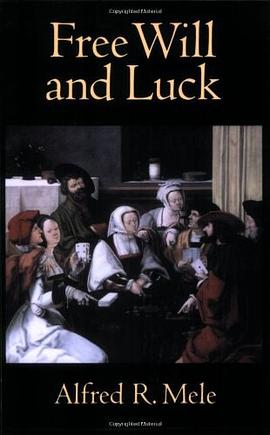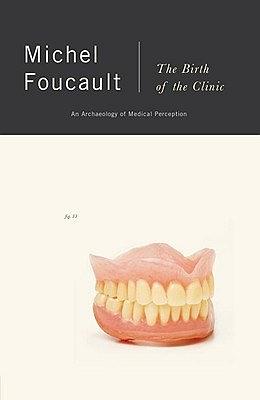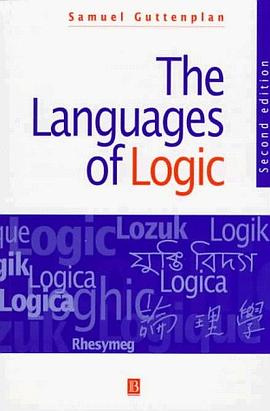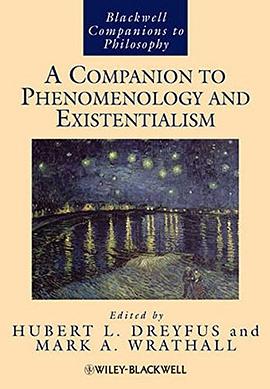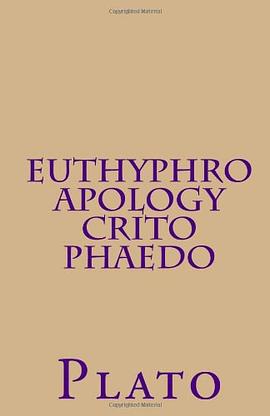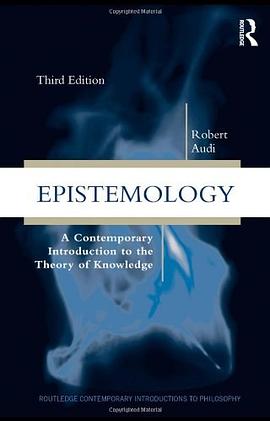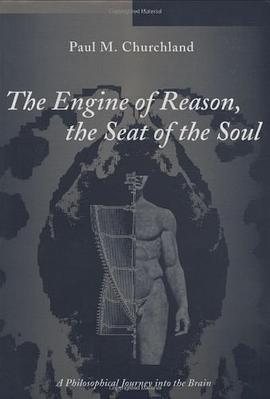

A new picture of the mind is emerging, and explanations now exist for what has so long seemed mysterious. This real understanding of how the biological brain works -- of how wework -- has generated a mood of excitement that is shared in a half-dozen intersecting disciplines. Philosopher Paul Churchland, who is widely known as a gifted teacher and expository writer, explains these scientific developments in a simple, authoritative, and pictorial fashion. He not only opens the door into the ongoing research of the neurobiological and connectionist communities but goes further, probing the social and moral dimensions of recent experimental results that assign consciousness to all but the very simplest forms of animals. In a fast-paced, entertaining narrative, replete with examples and numerous explanatory illustrations, Churchland brings together an exceptionally broad range of intellectual issues. He summarizes new results from neuroscience and recent work with artificial neural networks that together suggest a unified set of answers to questions about how the brain actually works; how it sustains a thinking, feeling, dreaming self; and how it sustains a self-conscious person. Churchland first explains the science -- the powerful role of vector coding in sensory representation and pattern recognition, artificial neural networks that imitate parts of the brain, recurrent networks, neural representation of the social world, and diagnostic technologies and therapies for the brain in trouble. He then explores the far-reaching consequences of the current neurocomputational understanding of mind for our philosophical convictions, and for our social, moral, legal, medical, and personal lives. Churchland's wry wit and skillful teaching style are evident throughout. He introduces the remarkable representational power of a single human brain, for instance, via a captivating brain/World-Trade-Tower TV screen analogy. "Who can be watching this pixilated show?" Churchland queries; the answer is a provocative "no one." And he has included a folded stereoscopic viewer, attached to the inside back cover of the book, that readers can use to participate directly in several revealing experiments concerning stereo vision.
具体描述
读后感
评分
评分
评分
评分
用户评价
相关图书
本站所有内容均为互联网搜索引擎提供的公开搜索信息,本站不存储任何数据与内容,任何内容与数据均与本站无关,如有需要请联系相关搜索引擎包括但不限于百度,google,bing,sogou 等
© 2025 book.wenda123.org All Rights Reserved. 图书目录大全 版权所有


